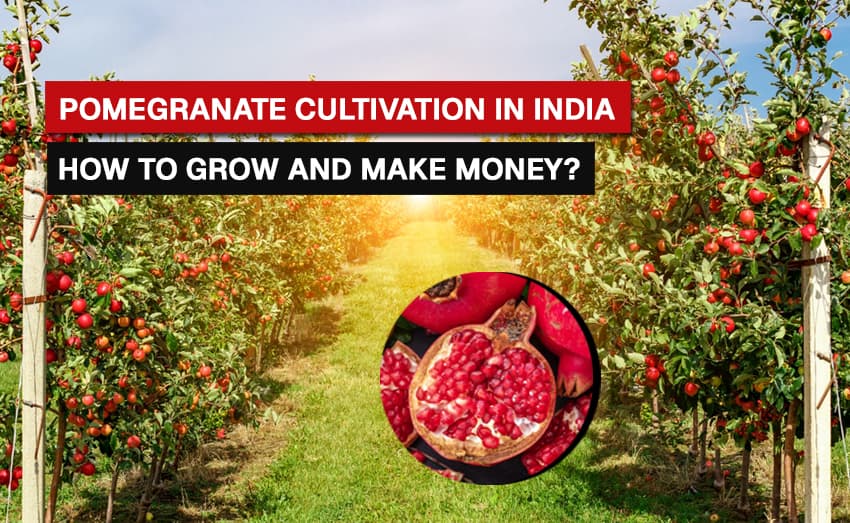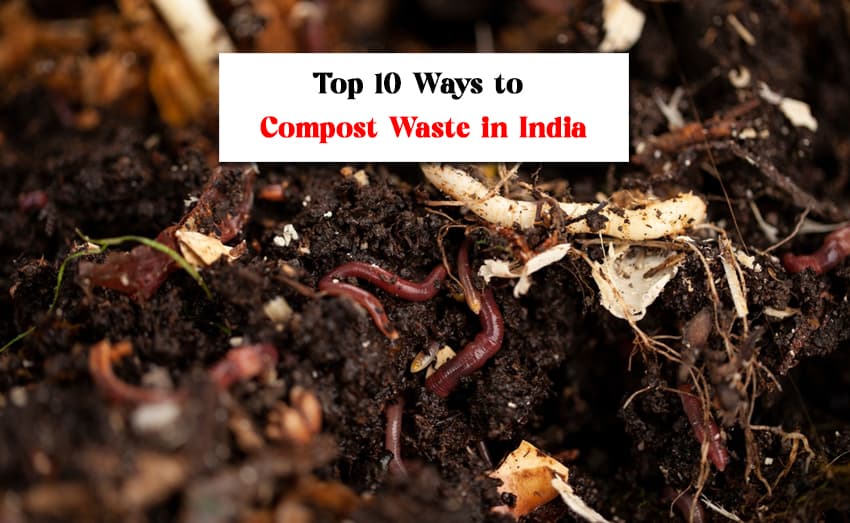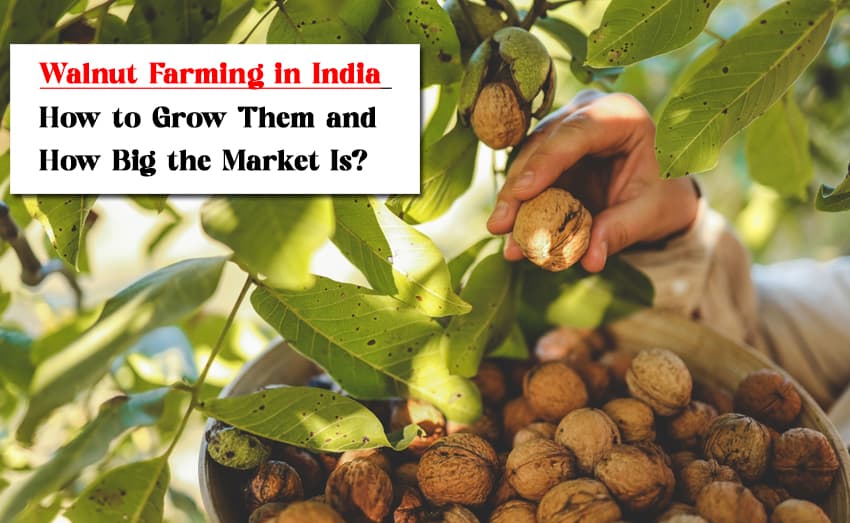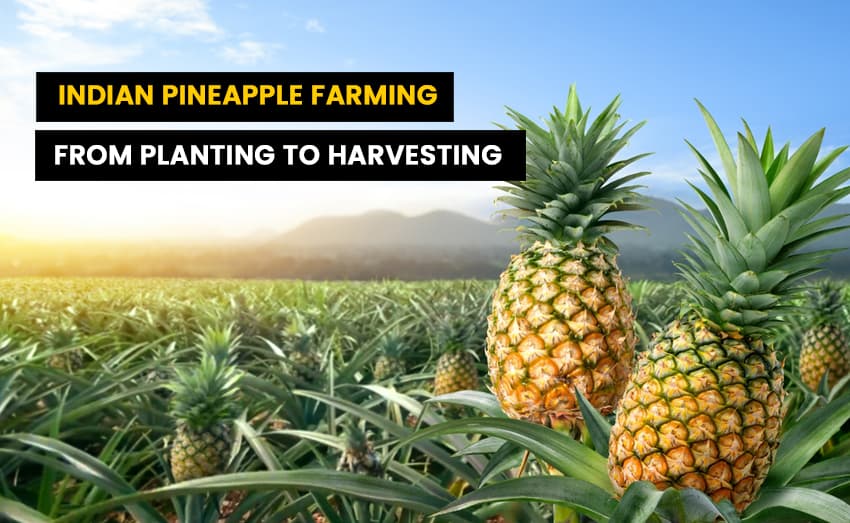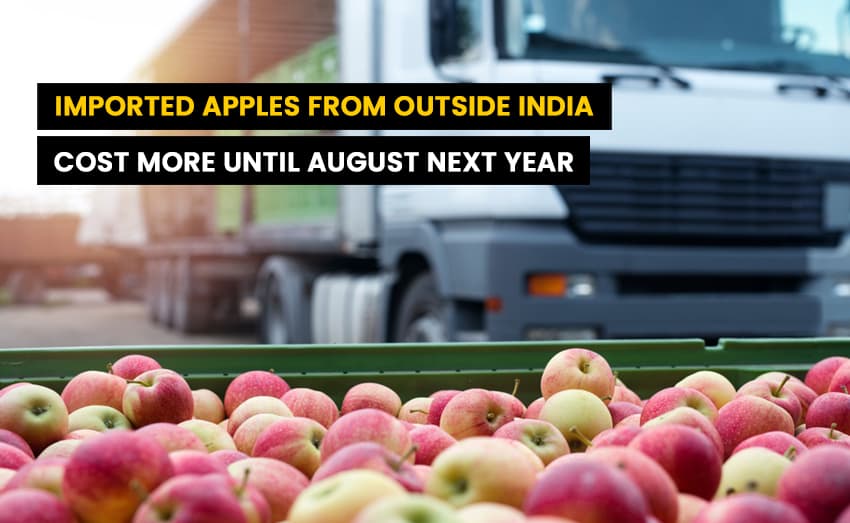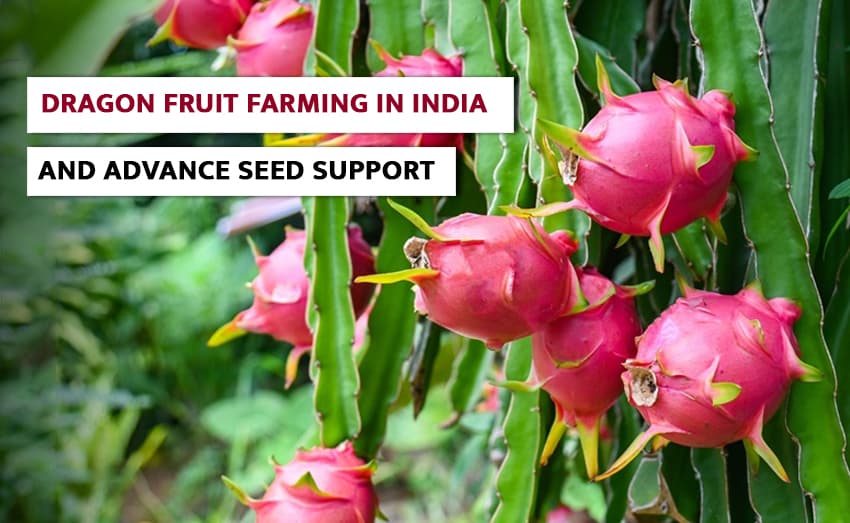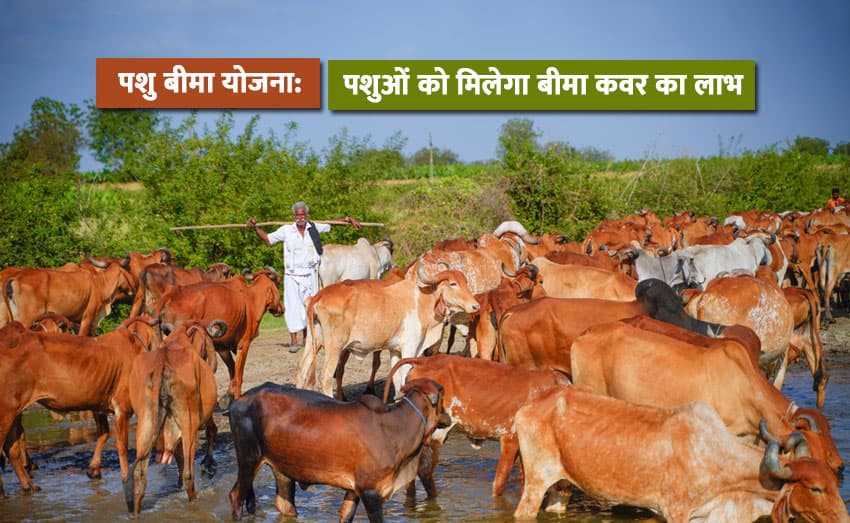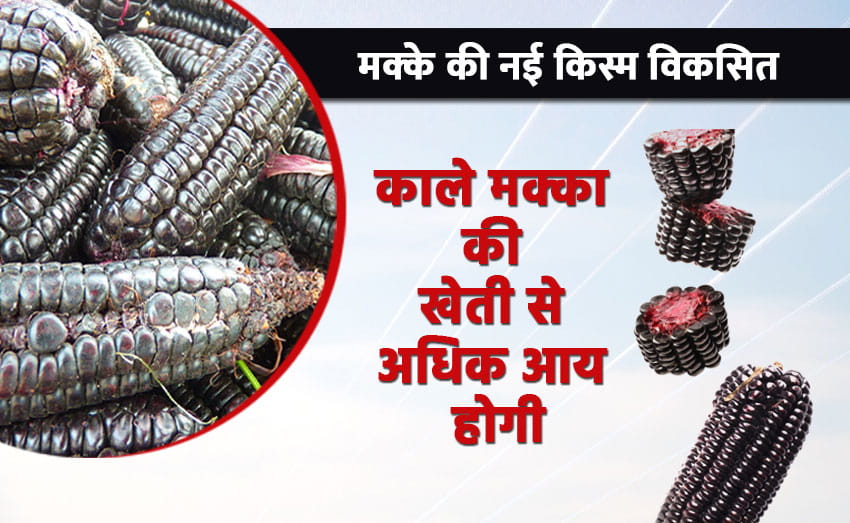Top 10 Coffee Producing States in India – Annual Production
Did you know that India has approximately 250,000 coffee growers? 98% are small coffee bean farmers with limited resources but tremendous potential. Almost 80% of the coffee produced in India is exported, with the remaining 20% consumed domestically. So, here is a list of the top coffee-producing states in India.
In terms of history, coffee cultivation was first introduced in 1670. Furthermore, the first coffee beans in India were brought to Chikmagalur in Karnataka.
Karnataka, Kerala, and Tamil Nadu are three of India's oldest and most productive coffee-producing states. These states are well-known for producing the most flavorful or simply the best coffee in India. Aside from these, there are other top coffee producers who have made the list of the top ten.
Do you know which state in India produces the most coffee? Or where in India is the most coffee produced? So, here are the top ten coffee-producing states in India, in order of production.
Top 10 Largest Coffee Producing States in India
As a result, the following are the leading coffee-producing states that distribute India's best coffee.
1. Karnataka
Karnataka is India's leading coffee producer, with a total production volume of 2.33 lakh metric tonnes.
Karnataka is the leading coffee producer in India, with the most coffee plantations. The state produces 70% of India's coffee. Furthermore, the state's total annual coffee production in India was calculated to be 2.33 lakh metric tonnes in fiscal year 2022.
Kodagu district accounts for 44% of Karnataka's total coffee area. Furthermore, its annual production was calculated to be 1,06,921 ha. The coffee farms in this district are owned by small farmers.
2. Kerala
Kerala is India's second-largest coffee producer, with an annual production of 67,700 metric tonnes.
It is India's second-largest producer of coffee. The state is well known for producing two types of coffee: Arabica and Robusta. Furthermore, the state is responsible for an annual output of 67,700 metric tonnes.
3. Tamil Nadu
With 17,875 metric tonnes, Tamil Nadu is India's third-largest producer of coffee.
Tamil Nadu is India's third-largest coffee producer. Tamil Nadu produced 17,875 metric tonnes of Arabica coffee in fiscal year 2022. Furthermore, when it comes to districts, the Pulneys and Bodi districts produced the most Arabica coffee in over 16,000 hectares of crop area.
4. Andhra Pradesh
With an annual production of 7,425 metric tonnes, Andhra Pradesh is India's fourth largest coffee producer.
Andhra Pradesh has risen to fourth place in India for coffee cultivation. In addition, the state is well-known for its "Araku" coffee. Coffee plants are popular in this state for growing under silver oak trees and jackfruit. The state came in fourth place, producing 7,425 metric tonnes of coffee.
5. Odisha
Odisha is the fifth-largest coffee producer, producing 550 metric tonnes per year.
The state of Odisha is known as India's fifth-largest coffee cultivation state.
Rayagada, Koraput, Phulbani, and Keonjhar are the leading coffee-producing districts in Odisha. Furthermore, Odisha's coffee production in the current fiscal year was 550 metric tonnes.
6. Tripura
Tripura is India's sixth-largest coffee producer, producing 12 to 14 metric tonnes per year.
This state is India's sixth-largest coffee producer. The state is well-known in India for producing popular coffee varieties such as Arabica and Robusta. The coffee-producing states produce between 12 and 14 metric tonnes of coffee.
7. Nagaland
With 9,832 hectares of land, Nagaland is India's seventh-largest coffee producer.
This state is India's seventh-largest coffee producer. The state grows coffee on approximately 9,832 hectares of land. Furthermore, the state's coffee production area is expected to reach 50,000 hectares by 2030.
8. Meghalaya
Meghalaya is India's eighth-largest coffee producer, producing a wide range of robusta and arabica varieties.
This state is India's eighth-largest coffee producer. Robusta is grown at low altitudes ranging from 500 to 1000 metres. Aside from that, Arabica coffee is grown at high altitudes ranging from 1000 to 1500 metres.
9. Manipur
Manipur is India's ninth-largest producer of Coffea arabica and Coffea canephora.
It is India's ninth-largest coffee producer. The most common varieties grown in Manipur are Coffea arabica and Coffea canephora. According to officials, there are 240 ha of Arabica and 7 ha of Robusta.
10. Assam
Assam is India's tenth-largest coffee producer. In 1953, the state began its first production in the Cachar district.
Assam is known as the tenth-largest coffee-producing state in India. Although Assam is known for its tea gardens, the state also has a large capacity for growing fresh coffee beans. Furthermore, Assam's coffee production began in the Cachar district in 1953. Kaziranga National Park is well-known in Assam for its popular coffee plantations.
These were the top ten coffee producers in India. Furthermore, let's take a look at some government initiatives or schemes that are in place to assist coffee bean farmers in producing better coffee more sustainably in India.
Top 3 Largest Producers of Coffee in India – District Wise Production
The total annual coffee production for the top three leading states—Karnataka, Kerala, and Tamil Nadu—is shown below for the previous and current years.
Popular Government Schemes for Growing Coffee Cultivation in India
In 1942, the Government of India's Ministry of Commerce and Industry established the Coffee Board. The goal was to ensure widespread coffee production and availability.
The government has launched the Integrated Coffee Development Project Scheme (ICDP) to assist farmers in producing high-quality coffee in both traditional and non-traditional areas of India. So let's take a closer look at this scheme.
Subsidy Amount Under this Scheme!
Farmers can receive subsidies ranging from Rs. 50000 to Rs. 2.75 lakhs under this scheme.
Furthermore, the amount can vary depending on the needs of individuals and the factors required for cultivation. The subsidy, however, will be paid in two instalments:
- The first instalment will be 60% to 70% of the total amount planned or sanctioned.
- The second instalment will consist of the remaining 30% to 40% of the planned or sanctioned amount.
What is the aim of this scheme?
This scheme has received Rs. 950 crore from the government. However, the scheme's overarching goal is:
- Improving coffee seed quality and production
- Assist in the cultivation of improved and high-yielding coffee varieties.
- In addition, for assisting coffee bean farmers or growers on their path to advanced agri-technologies.
- Offering development assistance to smallholders or farmers who have invested in coffee cultivation
- Market and promote locally produced coffee in national and international markets.
- To begin development practises that will aid in the support of domestic coffee production and marketing.
Furthermore, we now understand what it entails in the government's ICDP scheme; let us now discuss how we can harvest coffee.
How to Harvest Coffee Beans?
Farmers can expect full fruit/berries of the coffee plant by the third year after transplanting the seed. Farmers, on the other hand, must wait 5 years after the coffee plantation to get the best yield. Furthermore, coffee plantations can provide a good yield to successive generations of farmers for up to 55 years.
Furthermore, there are four popular methods by which farmers complete the coffee harvesting process.
- Fly-picking is a type of small-scale picking. October and February are the best months to pick ripe berries from a coffee plant.
- Main picking: During December, ripe berries and beans that are properly formed are collected. As a result, the main method of harvesting coffee beans and berries is known for its high yield.
- Stripping: Regardless of ripening stage, this method involves picking berries that have fallen off the plant.
- Cleanings: This is where surplus berries or beans that may have been dropped accidentally while obtaining final produce are collected.
Conclusion!
Based on their annual production in fiscal year 2021 and the quality yield they contributed, these were India's top coffee-producing states. Furthermore, Karnataka has been the highest producer of the best coffee in India (with 71% of the total production) due to ideal climatic conditions, efficient coffee bean farmers, and other major agri-resources that are essential for an effective coffee bean growing process and overall cultivation.



